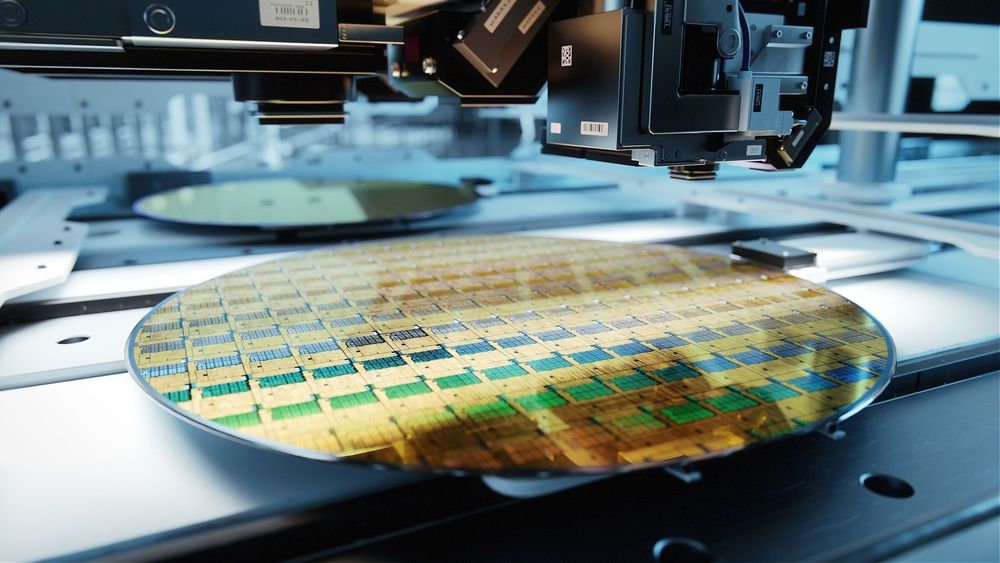You started denying it first with considerations on BW (and I pointed out the even not using IC there are today already new memory standards offering way higher bandwidth than current solutions)
A future memory standard, that even including an Infinity Cache, would still be inadequate for the previous discussed increase in the APU.
If you are going to theorycraft, it at least needs to stand up to rudimentary analysis.
Unless you can get 200 MB/s of BW, on top of a sizeable Infinity Cache, then proposed increase in the APU makes little sense, just based on being bottlenecked by BW limitations.
then started attacking the costs not even understanding that the original point (an APU of similar size of current ones costing less than a discrete GPU+separate CPU+all the PCB and accessory costs) was still valid,
It's really
not valid, and never was, which is why AMD never does this. Because this is false comparison. This is not a niche part meant to compete with more powerful dGPUs. This is the generic mass market part, that
must compete on a cost basis against Intel laptop parts going into the majority of laptops where buyers don't care about a more powerful GPU.
If you make a big GPU part for the majority of the market that doesn't care about having a big GPU, then you make an overpriced part that can't compete in this market.
It seems You don't understand -or don't want to understand- what I'm saying since the beginning...
More like you don't understand the full implications of what you are saying.
Most people just buy basic laptops and don't care about GPU at all. AMD's part must economically compete with Intels, so the cost must be contained. Going for a large GPU that most people don't care about, just drives up the cost, and makes it less competitive.
You make the mistake that many on forums do.
Assuming what you want, is what everyone wants. Most people aren't looking for more powerful GPUs in their laptop, so this is not a case where a big APU laptop is competing against a more expensive dGPU laptop, it's a case where the more expensive big APU laptop ends up competing against a laptop with a less expensive Intel chip.
You think it's about competing against a dGPU because you want dGPU performance.
Think about it. It's pretty much always been the case that AMD could build a more powerful APU to challenge more dGPUs, but they NEVER do, and it's
because big GPU APU is a niche part, not a mainstream part, and the APU needs to be a mainstream part.





